I have been reading about load resistance, checking even some video online and even ended up to one post in Here.
Unfortunately, I couldn’t find any source that would help me with that I’m having trouble and that is finding the load resistance of OP-Amps.
The first picture asks which load resistance is connected to U2 ?
The second one asks which load resistance is connected to U1?
This is my attempt to find the load resistance for U1 (second op amp picture)

I1+I2= IA
By no means this is homework, I would just appreciate some help.
